The Ultimate Ophthalmic Marketing Guide
Prologue
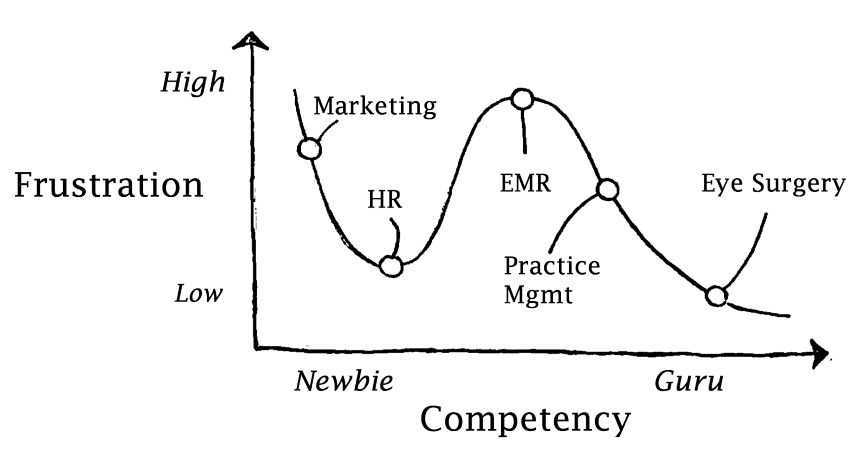
Prologue
You Think You’re So Smart
Okay, so you’ve spent years getting through college, medical school and residency (for our physician readers), so that makes you pretty smart, doesn’t it? Unfortunately the confidence that is such a critical part of our success as physicians and surgeons sometimes gets us into trouble in things non-medical, and that can lead to a lot of frustration (think EMR).

Fig. 1. Dunning Kruger Effect for Ophthalmologists - The more you know, the less the frustration (ed. This is our take on the classical Dunning Kruger effect which is an inverted version with confidence on the vertical axis and competency on the horizontal axis)
Marketing is no exception. Marketing is just advertising, right? Just run some ads or commercials and, bingo, patients are banging on your door and the phone is ringing off the hook.
Seriously? There is much more to it than that, as we are about to show you.
But first some definitions are in order...
What is marketing?
If you google that question, you will find a plethora of definitions. According to the Chartered Institute of Marketing, marketing is "the management process responsible for identifying, anticipating and satisfying customer requirements profitably." It includes advertising, selling and delivering product to the customer.
The business guru Peter Drucker said that "the aim of marketing is to make selling superfluous."
Advertising is...the activity of attracting public attention to a product or business, as by paid announcements in the print, broadcast, or electronic media (American Heritage Dictionary).
Marketing does not equal advertising, a distinction even the most educated of our colleagues often confuses. In fact, a practice can actually market quite successfully without ever buying ads.
Sales vs Marketing
It is also important to draw the distinction between sales and marketing.
“Marketing spreads the corn. Sales shoots the ducks.”
Eli Goldratt - Business Management Guru
If your business has a successful marketing campaign but lousy customer experience design, then sales will be lousy. Don't blame marketing, blame sales. A bad sales process kills even the best campaign.
Once the phone rings, marketing’s job is done and your sales process is triggered. When the operator answers the phone, that prospect has, technically, left your marketing funnel and entered your sales pipeline (see figure below). And if the practice doesn’t convert that inquiry into a service or a procedure, don’t blame marketing. Your sales process is the breakdown.
The reason this is often missed is that no one has looked at the process critically and deconstructed it enough to understand where the hand-off between marketing and sales drops the ball. In a typical practice, when an inquiry call is not converted, there’s little to no follow-up. How could they? Nobody captured and saved caller contact info. There’s no entry in a marketing database, there’s no scientific method for converting more inquiries, all because practices don’t know many of the ways campaign performance data can be collected.

Fig. 2. Traditional Sales Funnel
Practice Development 1.0:
Institutional Marketing
The traditional marketing that most physicians are familiar with is known as ‘institutional’ marketing, and sometimes called practice development. For the purposes of our discussion, we will refer to it as Practice Development 1.0.
So what do we mean by Practice Development 1.0? It is primarily “brand awareness” and “corporate identity.”
It is all of the conventional things that we are currently doing to market and promote our practice, such as television or radio advertising, newspaper ads, website, magazine advertorials, newsletters, signage, Yellow Pages, etc. The goal? Like and trust us and (please, please, please) remember us when you need vision care.
Practice Development 2.0:
Scientific Marketing
In this guide, we are going to make to the case for transitioning to Practice Development 2.0, or what we call Scientific Marketing.
What is Scientific Marketing? It is data-driven and evidence-based.
We just don’t just hope and believe something worked, we know how well it worked (or didn’t).
Before you think we’re trying to convince you every marketing dollar you have spent has been wasted, we want to assure you: We are not advising you to completely abandon what you’re doing now. We just want you to know how to be more strategic in how you spend your marketing dollars.
The best analogy is an investment portfolio. Most financial planners will advise you to take a diversified approach to your investments. Every category of investment, from stocks to bonds to real estate to precious metals, represents a different investment result. No investment is always a “winner.” The only way to distinguish a winner from a loser is to track its performance.
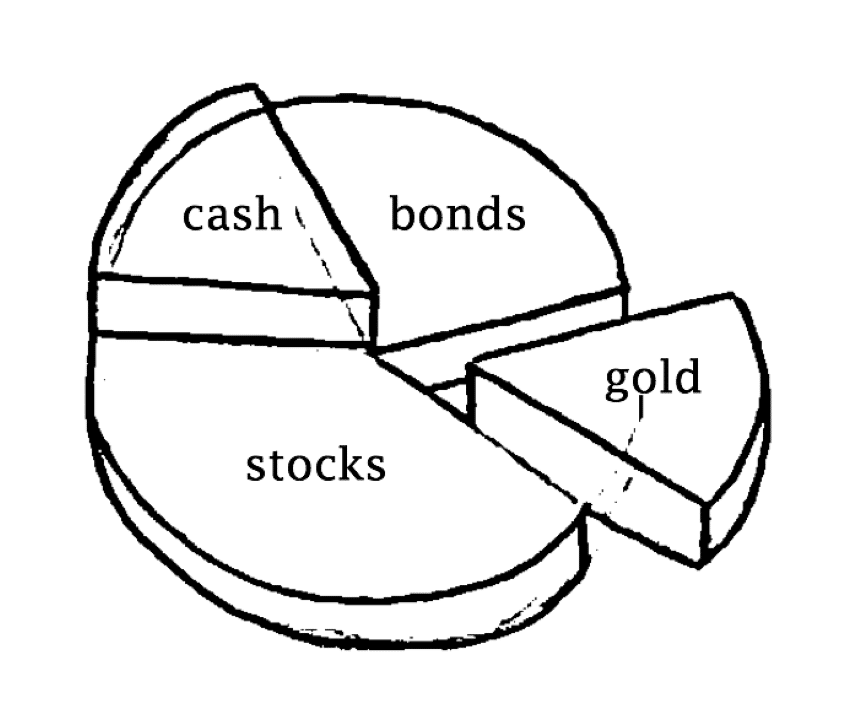
Fig. 3. Example of a typical diversified investment portfolio
Similarly, your marketing portfolio should be diversified. Just like an investment portfolio, you need to know when a marketing campaign is a winner or a loser. Scientific Marketing allows you to know this.
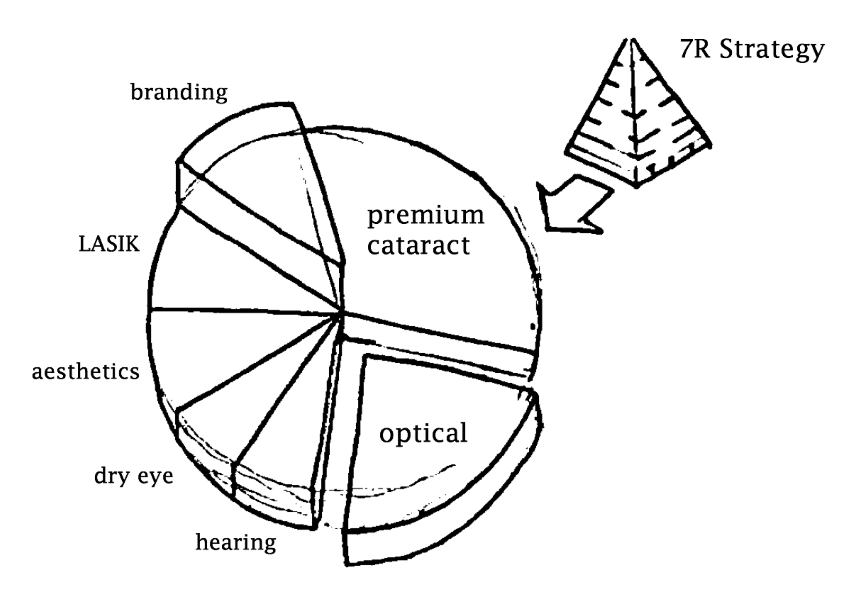
Fig. 4. Example of a well-diversified marketing portfolio - Note that a segment of investment is made in Brand Awareness which is often untracked. The remainder of the portfolio is allocated to premium, cash-pay services using dynamic response marketing techniques which can easily be tracked and measured. The pie slices show ‘What’ revenue source to invest in. Then, each slice has its own 7R Pyramid Strategy or ‘How’ to invest it, which will be described later.
Scientific Marketing shifts your marketing from an expense to an investment. And it helps you to assess a marketing campaign and decide when to scale it up, when to “let it ride” and when to cut your losses.
But, you may say, “Everyone does brand marketing and, as long as the phone is ringing we know that it is working.” This is a true but misleading statement because, unless you have set up campaigns using Scientific Marketing Funnels, you cannot be sure exactly triggered those calls. Your phone calls may have increased because of your new commercial but it could also be due to the fact that one of your competitors retired, the snowbirds are back in town, another competitor stopped accepting an insurance plan and patients are looking for new providers...well, you get the point.
Practice Development 1.0, or Institutional Marketing, is often described as “Spray and Pray.”
You spend an allotted marketing budget and hope you show revenue growth above “organic” industry numbers.
Black Hole vs Black Box
Institutional Marketing often seems like a ‘Black Hole’ where money goes in and nothing comes out (that you can track). It is pure expense. If you are a practice administrator or managing partner trying to justify increased spending on marketing because you want to grow revenue, asking for more budget often falls on deaf ears because you can’t “show the numbers”.
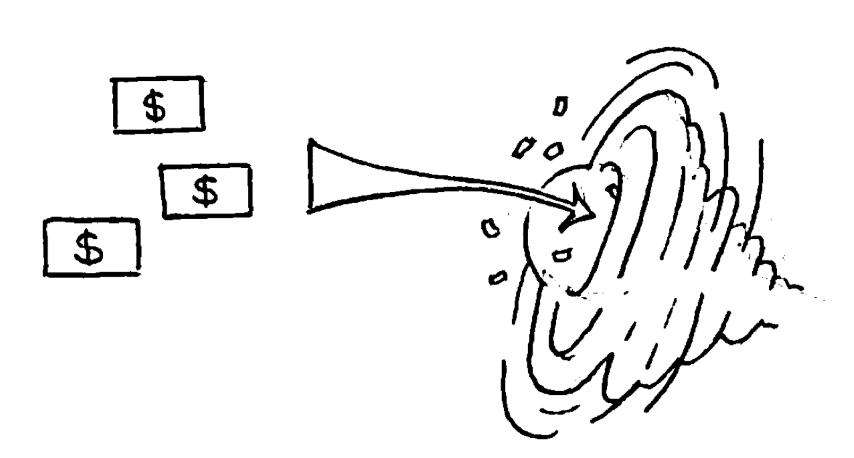
Fig. 5. Traditional marketing is a ‘Black Hole’: you put money in but don’t really know how much you are getting out
And in one major sense, they have a point. Can you calculate the return on your investment (ROI) in a Yellow Pages ad? How about the $4,000 you spent on a local magazine advertorial? Or your sponsorship of a 5K race? (Later we will make the case for how begin to figure an ROI for these sorts of campaigns).
Scientific Marketing, on the other hand, can be justified. Because it uses a systematic approach to marketing, you can measure both your investment and your return.
Although the inner details of conversion tracking and amplification are beyond the scope of this book, perhaps the simplest description of Scientific Marketing is that it is a black box. Its internal mechanics vary from campaign to campaign and strategy to strategy, but the process is simple. Some money goes in. More money comes out.
Since the inner details of conversion tracking and amplification are beyond the scope of this book, perhaps the simplest description of Scientific Marketing is that it is a 'Black Box'. Its internal mechanics vary from campaign to campaign and strategy to strategy, but the process is simple:
Some money goes in.
More money comes out.
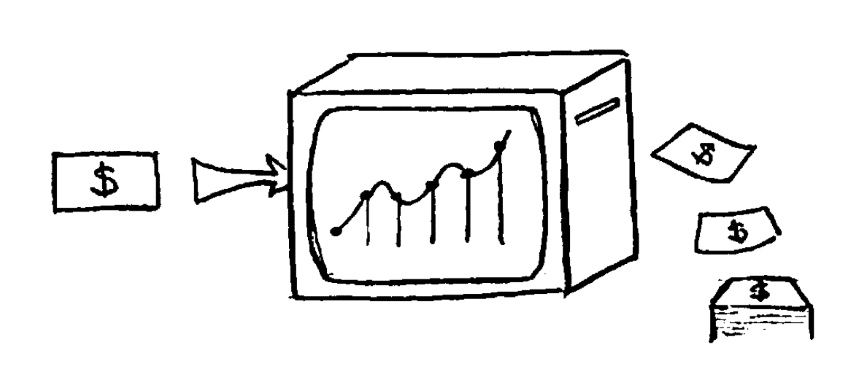
Fig. 6. Black box: Scientific Marketing knows how much is going in and how much is coming out (even if you don’t quite understand funnel and pipeline conversions!)
It is measurable, repeatable, scalable and can be automated. Let's dive into each of those to further explain.
Scientific Marketing is:
Scientific Marketing transforms marketing from an often indefensible corporate expense to a defendable corporate investment.
You “deploy” your marketing budget like a venture investment fund. Again, this doesn't have to happen overnight. It is an adoption process. Over time, a practice can spend less and less on traditional marketing and more and more on scientific marketing. Over time, your marketing becomes an investment, not a capital expense.
Transitioning from Traditional Marketing to Scientific Marketing
Step 1: Adopt a Hyper-Local Marketing Strategy
The first step in transitioning to scientific marketing is to adopt what we call a hyper-local marketing strategy. Understand that if yours is a typical medical practice, its 'market' is perhaps within a 25-50-mile radius.
It really is of little value to spend money on a nationwide Google SEO strategy; you just need to be #1 on Google for your local radius. Everything you do should be looked at through this local radius lens.
Step 2: Diversify Your Marketing Portfolio
Going back to our investing portfolio analogy, the second step is to diversify your marketing portfolio [Recall that Figure 4 shows services that deserve a slice of your marketing budget]. Money in a savings account might be 'safe' but there is nothing safe about keeping all your marketing money working only on branding. That is not a diversified portfolio. Using Scientific Marketing, we are going to make the case for investing in a variety of marketing strategies (the ‘What’), pivoting into marketing premium services by reallocating some of the dollars to dynamic response marketing and then, within the 7R Strategy, we will describe ‘How’ you might accomplish these goals.
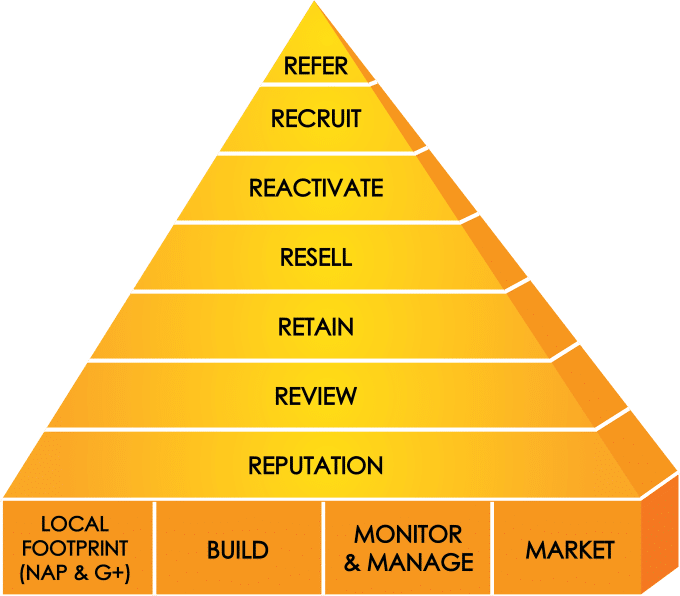
Fig. 7. The 7R Strategy Pyramid
Your practice's marketing portfolio, then, will be comprised of institutional marketing and premium services marketing. Institutional marketing, as we mentioned earlier, consists of traditional brand awareness, corporate identity, and general ophthalmology services marketing; i.e., casting a big net and taking all comers. Premium services marketing deals primarily with cash-pay services: typically, premium cataract surgery, Refractive Lens Exchange (RLE), LASIK and other laser vision correction surgery, aesthetics, optical, dry eye and hearing. Premium Services Marketing relies on dynamic, direct response campaigns.
Each ‘R’ strategy in the pyramid has its own portfolio using a variety of tactics called marketing 'funnels'. Recall from Fig. 2 that a marketing funnel illustrates a customer’s journey towards the purchase of a product, procedure or service. In this and in following chapters we define each ‘R’ strategy and give examples of marketing funnels that you can apply.
Below is one example of an advanced Scientific Marketing funnel (the blue chevron bar), comprised of multiple stacked funnels (thinner yellow bars below), demonstrating what is known as an upsell path or ascension ladder. Funnels can stand alone or work in concert as in this case.
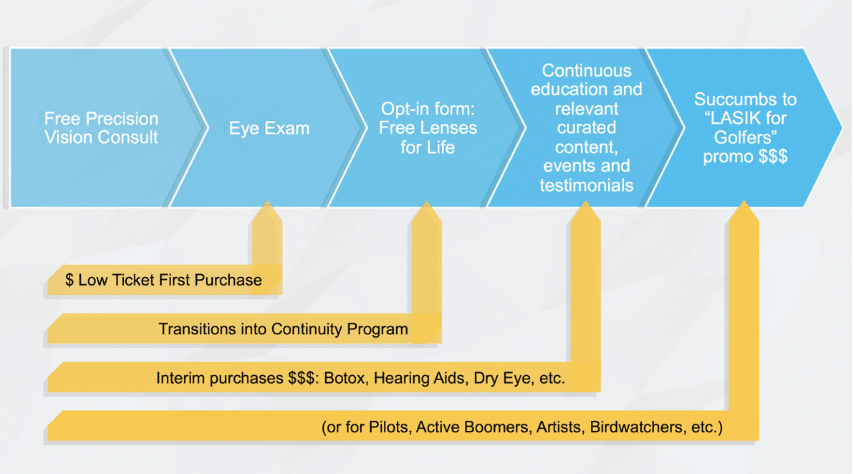
Fig. 8. Stacked marketing funnel with upsell path or ascension ladder
Share this guide on your social media account with the buttons below
Next: REPUTATION
